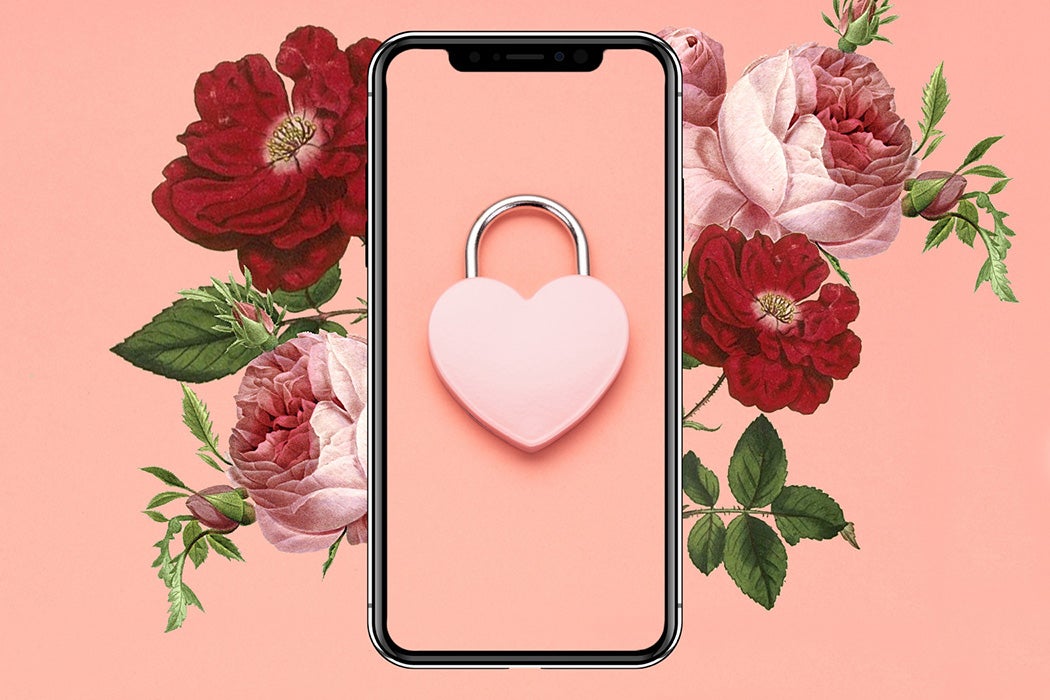Welcome to JSTOR Daily’s Detox Series, in which we consider how we can limit our exposure to substances scientists deem unsafe. So far we’ve covered fire retardants in milk, plastic in our water and chemicals in our plastic. Today we look at a less apparent toxicant—our smartphones.
One definition of addiction defines it as “continued use, despite adverse consequences.” So the metaphor of addiction seems apt when it comes to smartphones. We lose sleep when we check our phones in the middle of the night. We endanger ourselves by driving while texting. We even obsess over social media, ignoring our family members, friends or co-workers.
In his book, Irresistible: The Rise of Addictive Technology and the Business of Keeping Us Hooked, Adam Alter explains that today’s technology was designed to monopolize our attention. Around 2010, smartphone sales jumped sharply worldwide, with an estimated 300 million devices purchased every year. In 2014, about 168 million Americans owned smartphones and spent over 30 hours a month using an average of 27 apps. By early 2019, a Pew Research report estimated that 5 billion people own mobile devices—and over half them were smartphones. It turns out, these smartphones have essentially outsmarted us—we are now addicted to swiping, posting, and liking.
One study found that the average smartphone user swipes 2,617 times a day, and the top 10 percent of smartphone users swipe more than double that amount—5,427 times per day. That’s about every 33 seconds, and every 16 seconds for those in the top 10 percent.
Smartphone addiction causes major negative side effects. In 2016, scientists in South Korea—the county with the highest rate of smartphone ownership in the world—studied 1,236 smartphone-using students (725 men and 511 women) from six universities in South Korea. One of the study’s primary findings connected smartphone dependency with anxiety. Over time, different studies also linked smartphone addiction with stress, depression, sleep disturbances, and neurotic personality traits. The severity of the symptoms increased with the severity of addiction. And when severely addicted mobile phone users couldn’t have access to their technology, they felt significantly more anxious as time passed.
Feeling the need to check your cell phone—and feeling anxious when you can’t do it—is something many people can relate to. But how does one kick the habit?
Liberating oneself from the technology’s clutch may be easier while on vacation. In fact, some hotels now offer digital detox programs aimed to help travellers part with their devices and focus on relaxing with loved ones.
Weekly Newsletter
Mexico’s Grand Velas Resorts offer Digital Detox programs in which the guests surrender their electronic devices to a Detox Concierge, or trade them for complimentary activities. Lake Placid Lodge in the Adirondacks gives visitors a free night if they ditch their phones for the entire stay. Other hoteliers boast their own perks for giving up tech—like snorkeling and s’mores. Some steer the guests toward the old-fashioned method of communication—writing. For the month of February, Kimpton Hotel Palomar Philadelphia and Hotel Monaco Pittsburgh set up a Love Letter Writing Desk, complete with fresh flowers, stationary, pens, and books of love poems for inspiration. Guests are encouraged to pen handwritten love letters instead of texting. The hotels will even mail the love letters for free.
Digitally detoxing by handwriting a love poem on Valentine’s Day is a romantic way to outsmart your smartphone. But any other way is good too—by simply leaving the device at home, in a desk drawer, or any other remote place. Or by simply turning it off.







